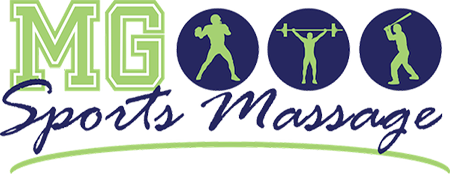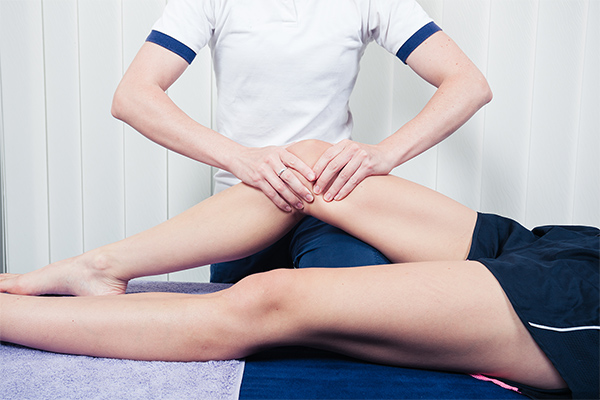Sports massage has gained a lot of traction more recently as an integral part of athletic training, even to the extent of many professional teams adding therapists to their regular payroll. It’s known to give relief to the overwrought muscles, tendons, and joints of athletes, but it can also assist in the acceleration of the healing process.
While everyone knows about the effects of massage on the musculature system, it also has an impact on the cardiovascular system. The pressure on the skin and muscle stretches blood vessels, increasing the flow of oxygen and nutrients to damaged muscles and tendons. During exercise, your muscles use up the oxygen stored in them, and afterward, you’re in what’s referred to as oxygen debt. To get your muscles back into performance-shape, oxygen replenishment is required.
It also helps to reduce inflammation in suffering muscles. Intense exercise causes tiny tears in musculature causing inflammation which makes it difficult to continue operating at peak performance. A sports massage helps to lower cytokine production (small proteins that can add to muscle inflammation) and trigger mitochondria (the part of the cell which transforms sugar compounds into energy for cell repair).
Massage aids in improving range of motion as well, which is crucial for muscle recovery. By relaxing the muscles and tendons, stretching the connective tissue and fibers, and reducing inflammation, scar tissue becomes reduced and more pliable, making stretching easier in the injured area.
And of course, the relaxation that comes with massage adds to your overall well-being and helps relax muscles. When muscles are in a relaxed state, they become more pliable and allow the healing process to work its magic.
If you think you may benefit from a sports massage, feel free to contact us to see if it’s right for you and what you can expect.

